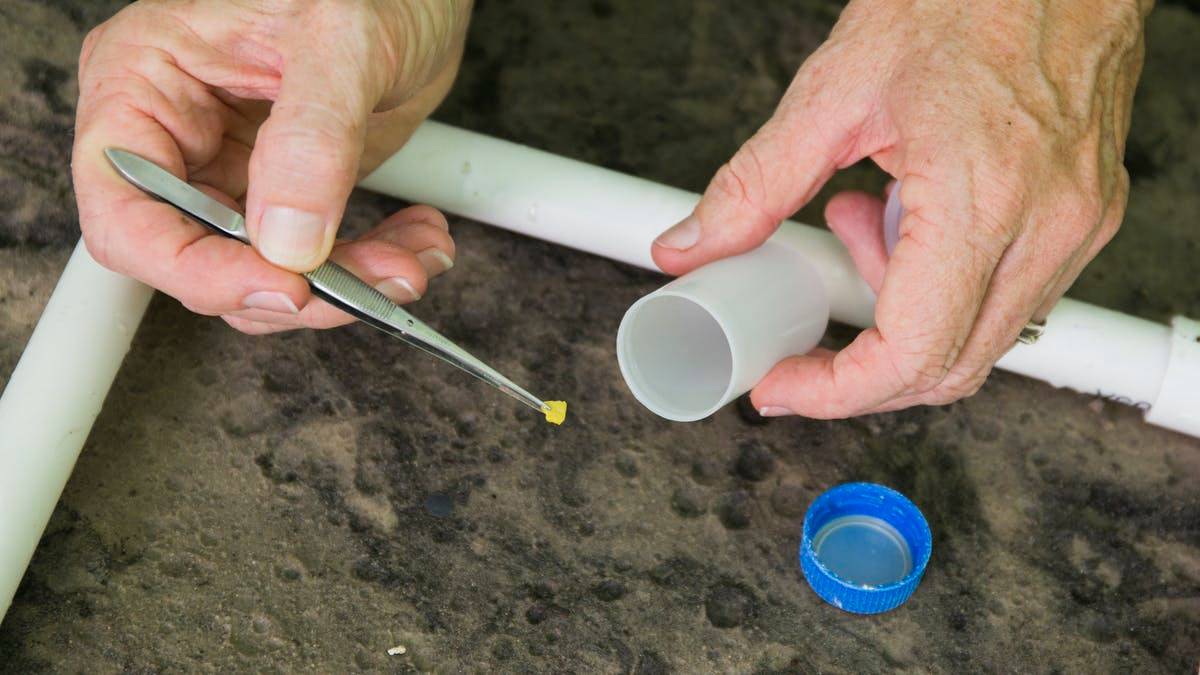
Microplastics have recently become a source of concern for environmental conservationists. It can be found in the air, water, and food, making their presence in our bodies. According to some scientists, depending on the environment, soil microplastic pollution is much higher (estimated 4 to 23 times) than marine microplastic- pollution.
The problem of Microplastics:
-
One of Covid-19's environmental legacies could be massive amounts of plastic pollution. Since the beginning of the pandemic, scientists have warned of the long-term dangers of discarding face masks and other personal protective equipment (PPE) into the environment.
-
These large pieces of plastic degrade into microplastics, which wash into our waterways and agricultural land. Microplastics are commonly defined as solid plastic particles or synthetic fibers with diameters ranging from 1 to 5000m, or micrometers.
-
Microplastic pollution is most commonly recognized as a pollutant in the oceans, lakes, and rivers. Microplastics, on the other hand, have an impact on the land: they can deteriorate the structure of soil & harm the creatures that live in it, such as when earthworms consume them.
-
Microplastics can live for a very long time in both water and soil. Plastic particles in the soil can last for a hundred years or more, depending on the characteristics of the plastic particles and the soil's environmental conditions.
-
One difficulty in determining the amount of microplastics in soil stems from the fact that the chemical & physical properties of microplastic particles are similar to those of organic matter, making the separation of plastics from soil extremely difficult. This means that analyzing individual soil samples is prohibitively expensive, and the number of samples that can be examined at the same time is limited.
Three Pollution Routes
-
Microplastic in agricultural soils is generally derived from sewage sludge, compost, and plastic films used in agricultural production (for example, mulch film in vegetable growing).
-
Farmers use sewage sludge as organic fertilizer for crops because of its organic matter and nutrients, including nitrogen and phosphorus. Microplastics, such as textile fibers from clothing or microbeads from cleaning and cosmetic products, enter sewage sludge through wastewater. This means that high concentrations are found near areas with a high population density.
-
Microplastics enter compost as fragments of plastic food packaging in bio-waste or as litter along with parks or highways. Compost is used for the same reasons that sewage sludge is. High levels of microplastic pollution from compost have been found in densely populated areas where bio-waste is used agriculturally.
-
Microplastic from plastic films enters the soil when the film is damaged, such as when it is removed or changed. Mulch film is used in various vegetable production systems to protect fruit, maintain soil temperature and humidity, and prevent erosion and weeds.
Creating a Clearer Picture of Microplastic Pollution
In situations where empirical data on microplastic pollution is limited, model-based analysis is a valuable tool for assessing the situation both now and in the future. However, the results must be updated on a regular basis to reflect new information on the quantities and impacts of microplastics in soils.
More evidence is needed to assess the situation and determine whether new environmental policies are required to address the issue. Farmers will have to choose between recycling bio-waste as fertilizer for the sake of the circular economy and polluting their fields with unknown substances until that time comes.
(Source: The Conversation)
















